GUEST BLOGGER SUSAN JOHNSTON TAYLOR
Students may already be familiar with popular poetic forms like haiku and concrete poem. But others, like the pregunta, may be new to them. Introducing students to pregunta poetry can help spark curiosity about poetry and the natural world, especially among those who see themselves as more science-minded than poetry-minded.
Animals in Surprising Shades: Poems About Earth’s Colorful Creatures (Gnome Road Publishing, 2023; illustrated by Annie Bakst) uses a variety of poetic forms, including the pregunta, to explore colorful animals from around the world, including pink manta rays, blue-footed boobies, and violet snails.
What’s a pregunta?
Pregunta (Spanish for “question”) is a Spanish poetic form where the first stanza (also called a verse) poses a question and the second answers it. It’s sometimes written collaboratively and used as a form of poetic debate. Preguntas do not need to rhyme, which may appeal to students who find rhyme challenging.
Here’s an example of a pregunta published in my STEM poetry book, Animals in Surprising Shades: Poems About Earth’s Colorful Creatures.
Eastern Newt
Who’s this tiny orange critter,
slithering across leaves,
hiding under rocks,
tail curving into a question mark?
That’s an eastern newt!
And in time, he may
trade leaves and rocks
for lakes or ponds,
returning to his watery roots.
Check out more examples of preguntas.
Activity: Writing a pregunta
Working in pairs or individually, challenge students to think about a STEM topic they’re curious about and write their own pregunta. Do they wonder about how airplanes take flight? Why the moon changes shape? Where do butterflies migrate in the winter? All of these could be fodder for a pregunta.
Remind students that the first verse or stanza asks a question, and the second answers it. If they’re working in pairs, one person can write the first stanza and the other can write the second one, perhaps repeating a word or phrase from the first stanza to create cohesiveness between stanzas.
Extra credit: Poetic devices
Poetry often draws on devices like sensory details, so encourage students to think about how they might incorporate the senses into their writing. Looking at photos or watching videos of natural phenomena can help them gather details that help their words jump off the page. How does a volcano smell? What does it sound like? Can they imagine its heat against their skin?
When I was writing about eastern newts and other animals for my STEM poetry collection, I often watched YouTube videos of those animals in the wild. This gave me a deeper understanding of how those animals move and interact with their environments. In some cases, I could even hear the sounds that these animals make while attracting a mate or warning others of danger, and I wove those details into the text.
Wrap up
Some students think they are not poets or that all poems need to rhyme. Studying lesser-known poetic forms like the pregunta (which does not need to rhyme) may help them see poetry in a new, more accessible light. It may also allow them to experiment with poetic devices and language without the constraints of meter and rhyme.
Featured image credit: “Blue-footed Booby mating dance, Galápagos” by p.j.k. is licensed under CC BY 2.0.
Susan Johnston Taylor is a Writing Barn fellow and author of Animals in Surprising Shades: Poems about Earth’s Colorful Creatures (Gnome Road Publishing, 2023). Her poetry also appears in 10.10 Poetry Anthology: Celebrating 10 in 10 different ways. As a freelance writer for over a decade, she’s written over a dozen titles for the educational market and published nonfiction articles in children’s magazines including FACES, Highlights for Children and Scout Life. Her writing for grownups has appeared in The Atlantic, The Boston Globe, Entrepreneur and Fast Company. She lives in Austin, Texas with her husband and their two rescue dogs. Find her at @UrbanMuseWriter on Instagram and Twitter.


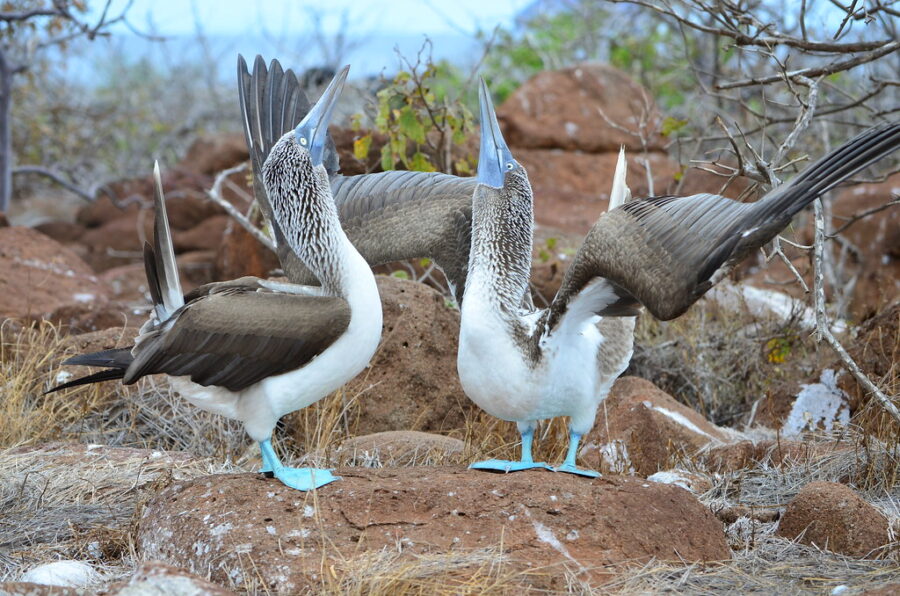

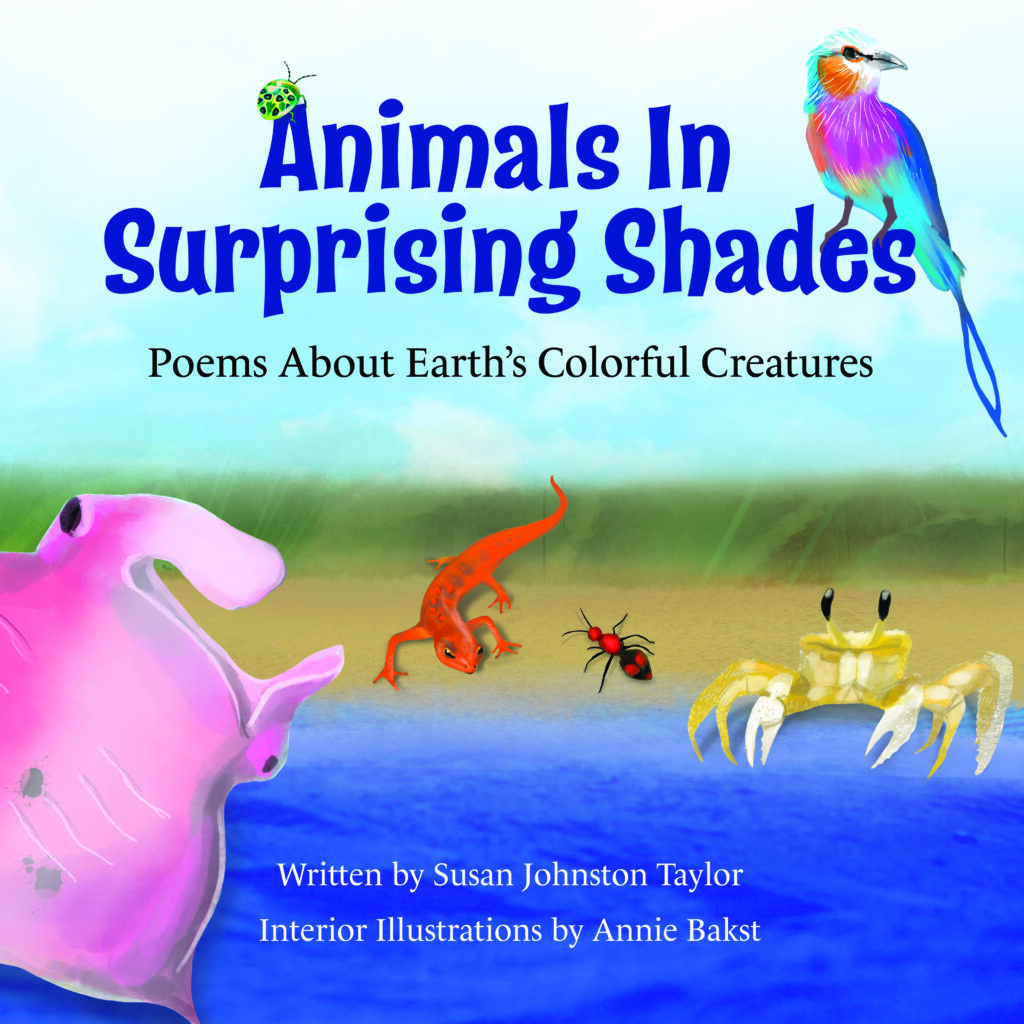
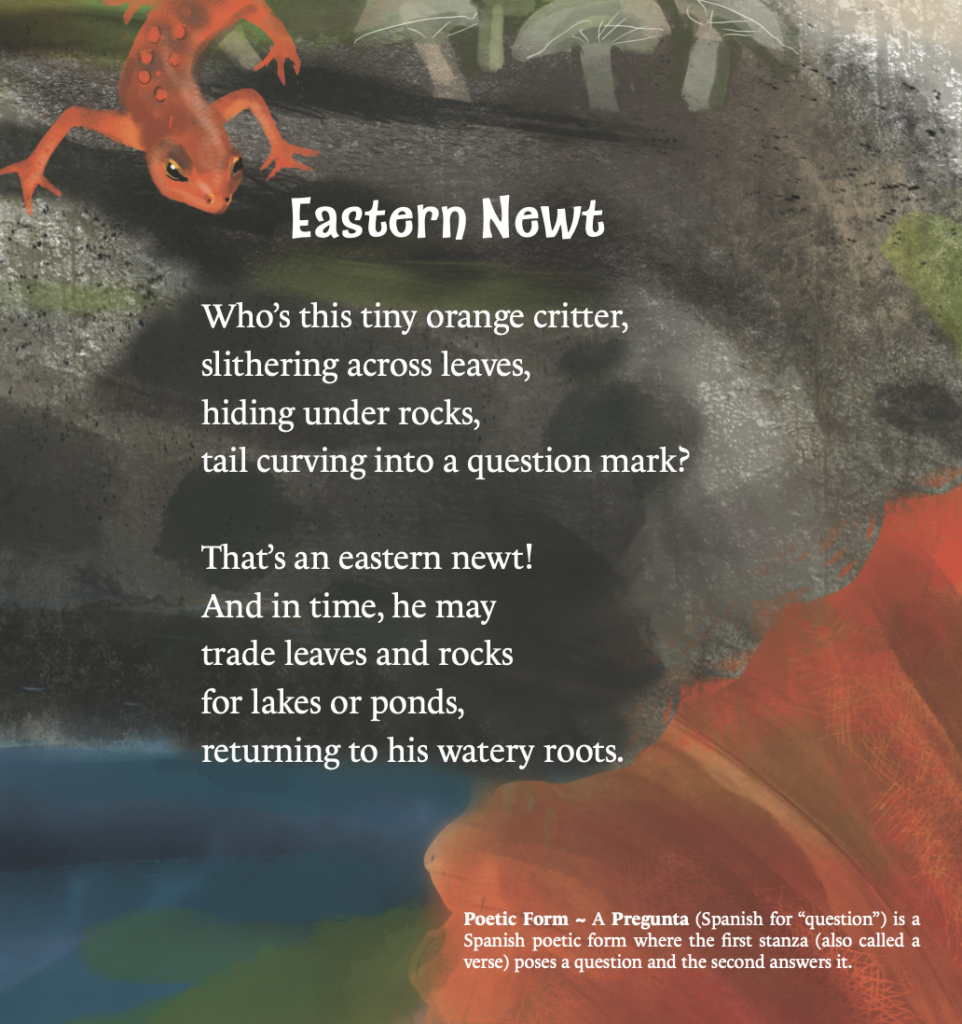

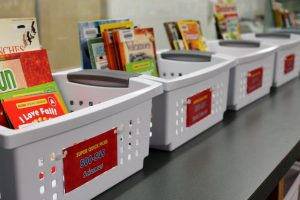
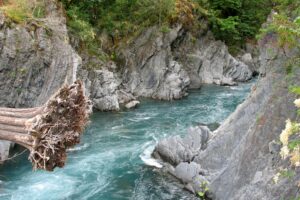



Leave a Reply
Your email is safe with me.